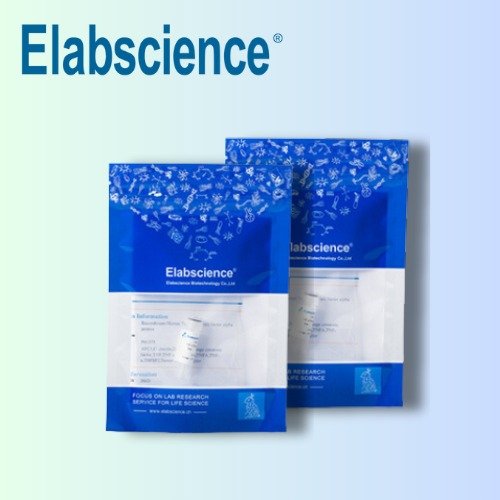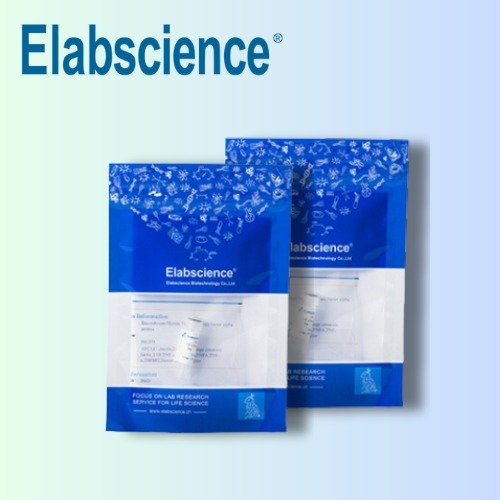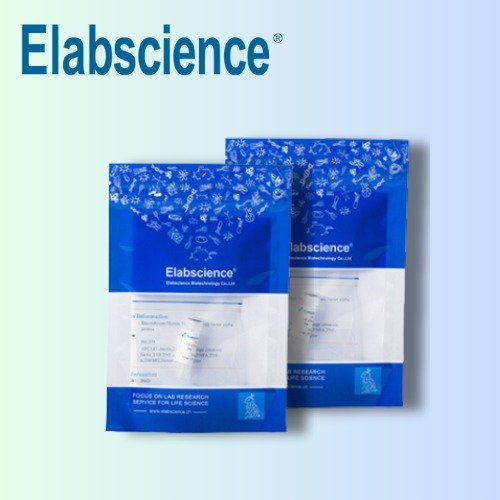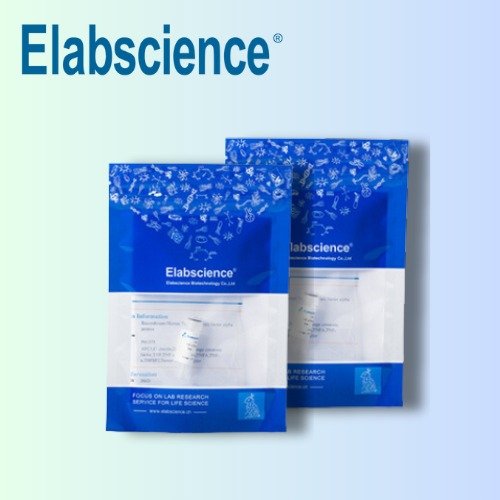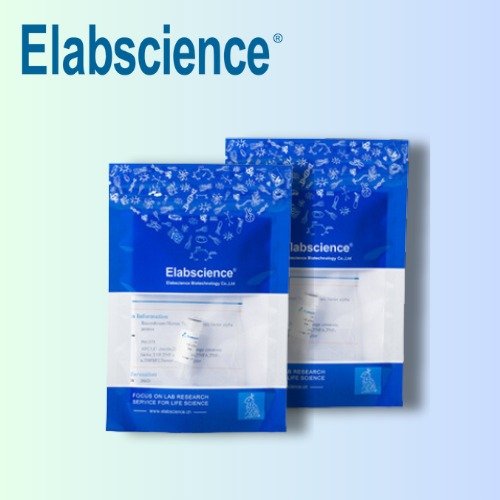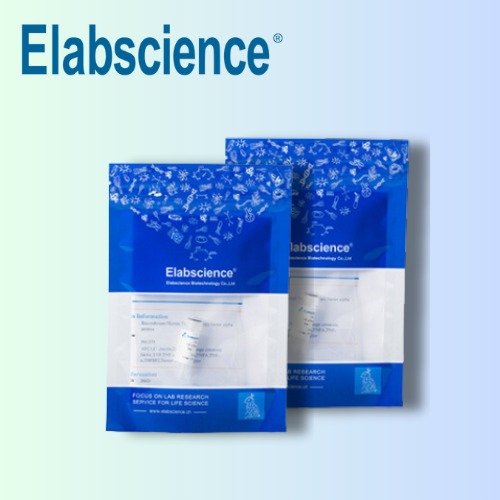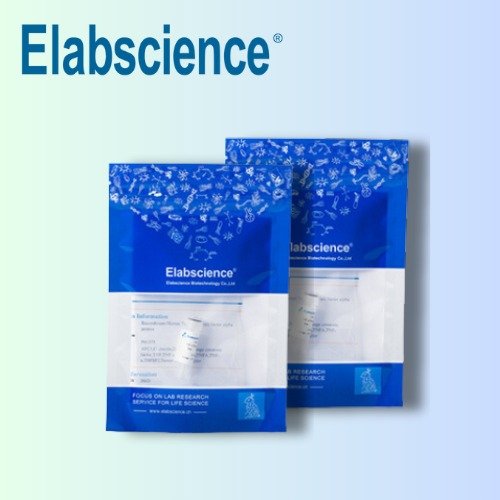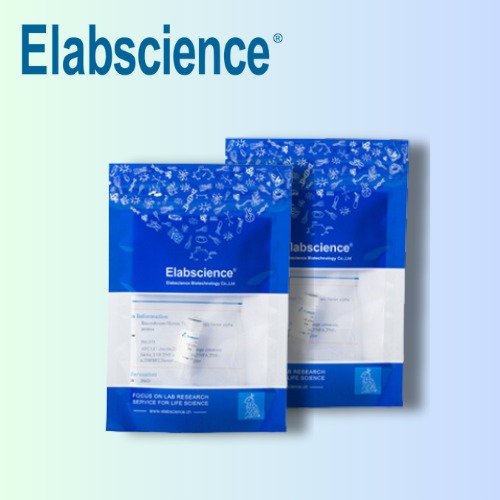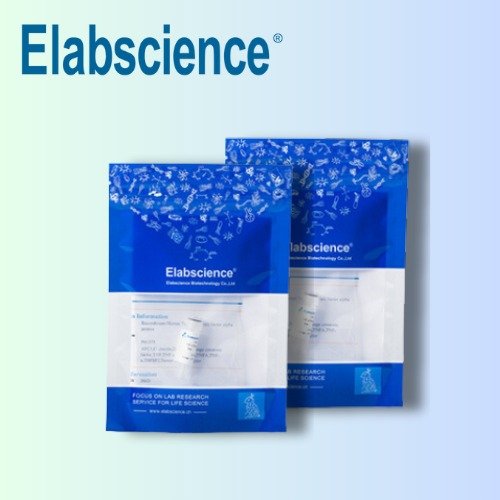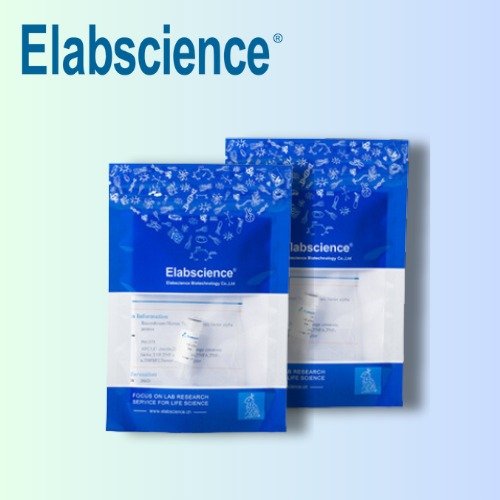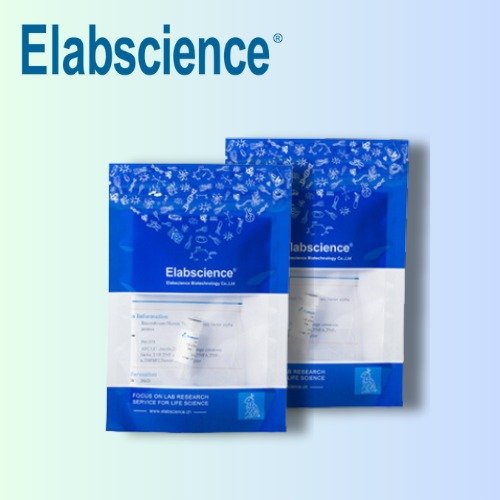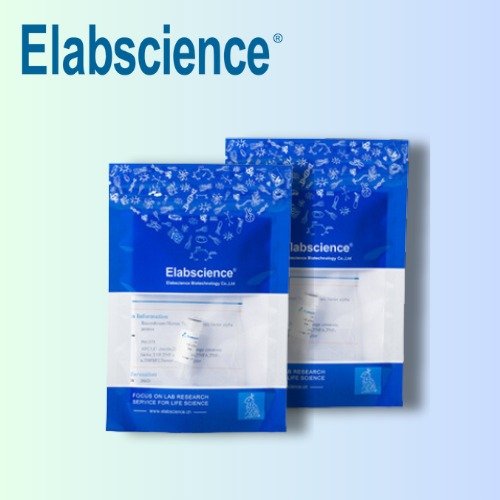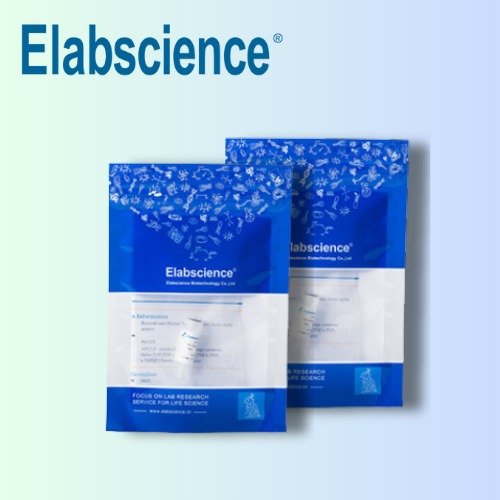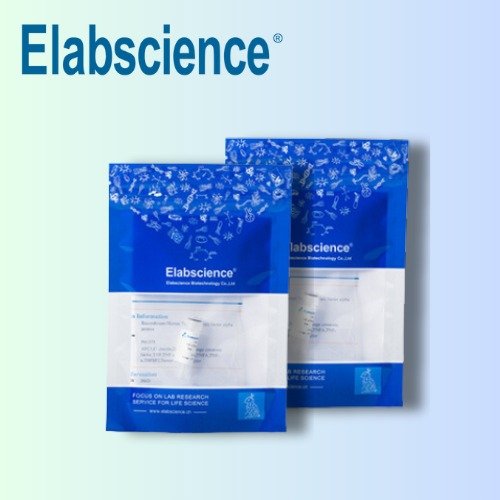Recombinant Human FGF-2/FGF Basic/FGFb Protein
Cat No.: PKSH033503 | Size: 50μg, 10μg
| Synonyms | Basic fibroblast growth factor, FGF-2, FGF2, FGFB, Fibroblast growth factor 2, HBGF-2, Heparin-binding growth factor 2, bFGF |
| Species | Human |
| Expression Host | E.coli |
| Sequence | Met1-Ser155 |
| Accession | BAG70135.1 |
| Calculated Molecular Weight | 17.2 kDa |
| Observed Molecular Weight | 17 kDa |
| Tag | None |
| Bio-activity | Not validated for activity |
| Purity | > 95 % as determined by reducing SDS-PAGE. |
| Endotoxin | < 1.0 EU per μg of the protein as determined by the LAL method. |
| Storage | Store at < -20°C, stable for 6 months. Please minimize freeze-thaw cycles. |
| Shipping | This product is provided as liquid. It is shipped at frozen temperature with blue ice/gel packs. Upon receipt, store it immediately at < - 20°C. |
| Formulation | Supplied as a 0.2 μm filtered solution of 20mM Tris-HCl, 200mM NaCl, pH 7.5. |
| Reconstitution | Not Applicable |
| Background | Fibroblast growth factors (FGF) are a family of heparin-binding secreted proteins that stimulate cell proliferation and differentiation in a wide variety of tissues. FGFs play important roles in diverse biological functions both in vivo and in vitro; including mitogenesis; cellular migration; differentiation; angiogenesis; and wound healing. Human embryonic stem cell (hESC) cultures require FGF basic (also known as FGF-2 or bFGF) in cell culture media to remain in an undifferentiated and pluripotent state. Thermostable FGF basic was engineered for enhanced stability in culture media; without modification of its biological function. FGF basic is a required component of stem cell culture media for maintaining cells in an undifferentiated state. Because FGF basic is unstable; daily media changes are needed. The thermostable FGF basic that supports a 2-day media change schedule; so no media changes are required over a weekend. This thermostable FGF basic was more stable than FGF basic in biochemical studies; and maintained cell growth; pluripotency and differentiation potential with a 2-day feeding schedule. |


